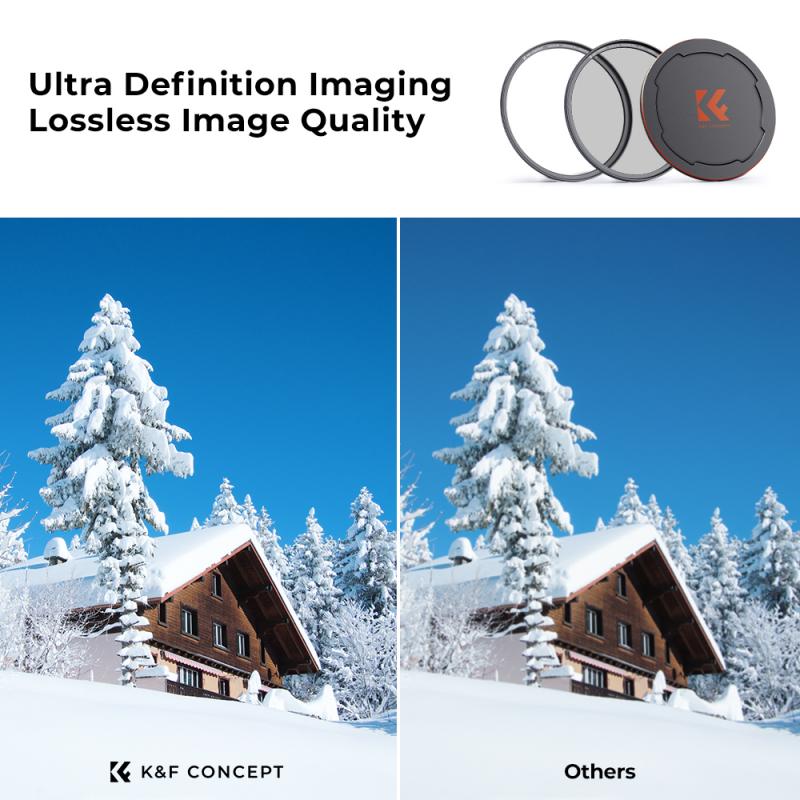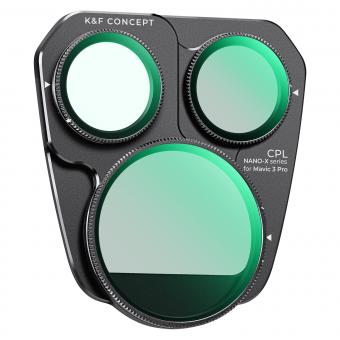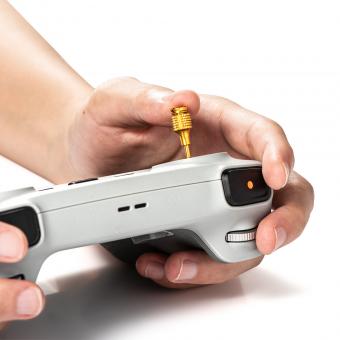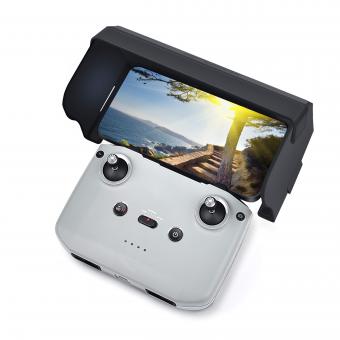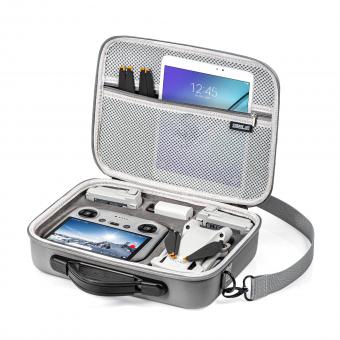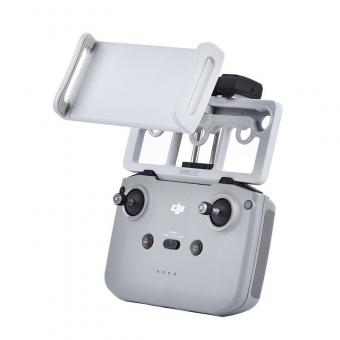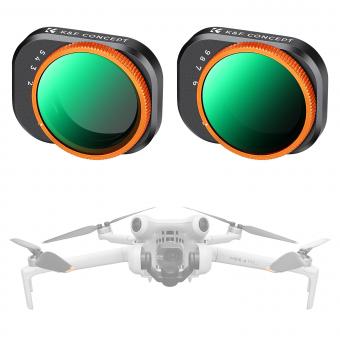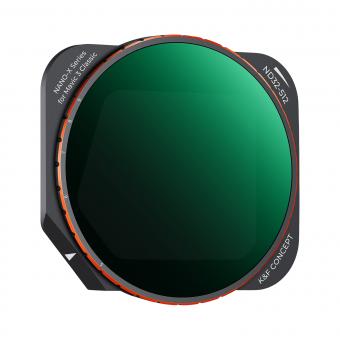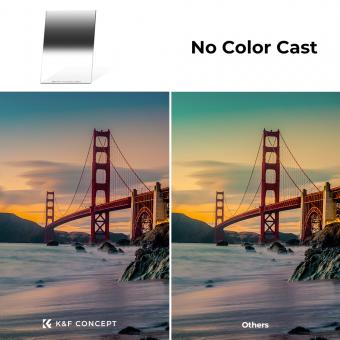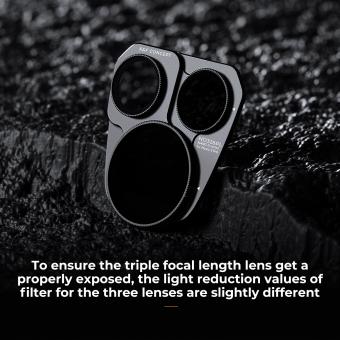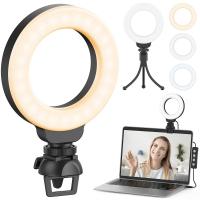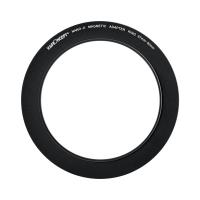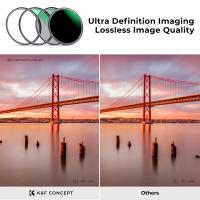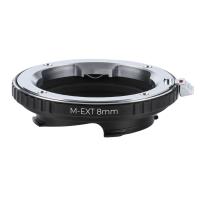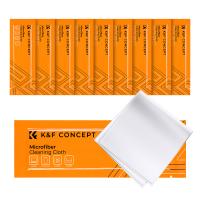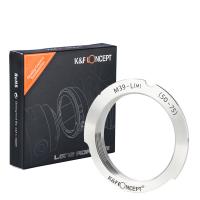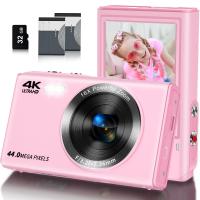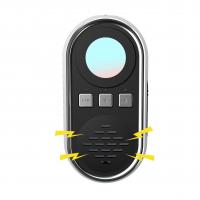What Nd Filter To Buy For Mavic Pro ?
When choosing an ND filter for the DJI Mavic Pro, it is recommended to consider the specific lighting conditions and shooting preferences. ND filters help to reduce the amount of light entering the camera, allowing for more control over exposure settings. Popular options for the Mavic Pro include ND4, ND8, and ND16 filters, which are suitable for different lighting conditions. ND4 filters are ideal for slightly bright conditions, ND8 filters are suitable for moderately bright conditions, and ND16 filters are best for very bright conditions. Additionally, some photographers may opt for ND32 or higher filters for extremely bright conditions or when shooting at lower shutter speeds. It is important to choose filters specifically designed for the Mavic Pro to ensure compatibility and optimal performance.
1、 ND filter options for DJI Mavic Pro drone
When it comes to choosing an ND filter for your DJI Mavic Pro drone, there are several options available in the market. ND filters are essential for aerial photography and videography as they help control the amount of light entering the camera, allowing you to capture well-exposed and balanced shots.
One popular option is the PolarPro ND filter series, specifically designed for the Mavic Pro. They offer a range of filters with different levels of light reduction, such as ND4, ND8, ND16, and ND32. These filters are made of high-quality glass and feature multi-coated optics to minimize glare and reflections. They are also lightweight and easy to install, ensuring a hassle-free flying experience.
Another reliable option is the DJI ND filter set, which includes ND4, ND8, and ND16 filters. These filters are specifically designed for the Mavic Pro and are made of high-quality materials to ensure optimal image quality. They are also easy to attach and remove, making them convenient for on-the-go shooting.
It's worth noting that the choice of ND filter depends on the lighting conditions and the effect you want to achieve. For bright sunny days, a higher ND filter like ND16 or ND32 would be suitable to reduce the amount of light entering the camera. On the other hand, for slightly overcast or low-light conditions, a lower ND filter like ND4 or ND8 would be more appropriate.
Ultimately, the best ND filter for your Mavic Pro will depend on your specific needs and shooting conditions. It's always a good idea to have a variety of filters on hand to adapt to different lighting situations and capture stunning aerial footage.
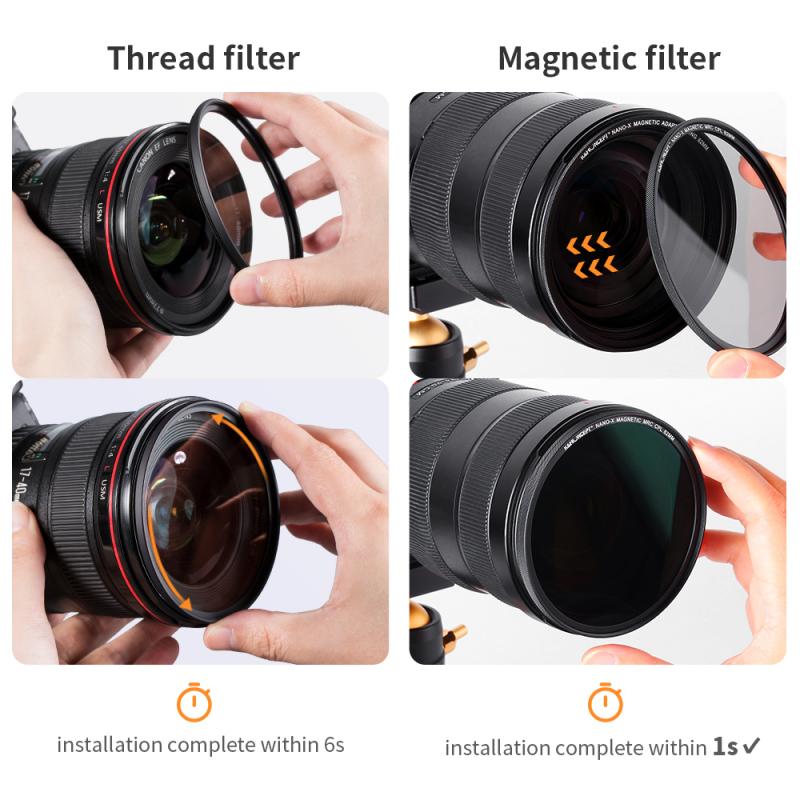
2、 Recommended ND filter strengths for aerial photography with Mavic Pro
Recommended ND filter strengths for aerial photography with the Mavic Pro can vary depending on the specific shooting conditions and desired effects. ND filters, or neutral density filters, are essential for controlling the amount of light that enters the camera sensor, allowing for more creative control over exposure settings.
For bright sunny days, a popular choice is an ND16 filter, which reduces the amount of light by four stops. This filter is ideal for capturing well-balanced exposures and reducing overexposure in the sky or other bright areas. It is also suitable for shooting at lower shutter speeds, resulting in smoother motion blur for subjects like waterfalls or moving vehicles.
In slightly less bright conditions, an ND8 filter (three stops reduction) can be used to achieve similar effects. This filter is versatile and can be used in a variety of lighting situations, providing a good balance between exposure control and image quality.
For low-light or cloudy conditions, an ND4 filter (two stops reduction) can be sufficient to achieve the desired exposure settings without sacrificing image quality. This filter is also useful for shooting in the early morning or late afternoon when the light is softer.
It is worth noting that some photographers prefer using a combination of filters to achieve specific effects. For example, using an ND8 filter in combination with an ND4 filter can provide a five-stop reduction in light, allowing for even longer exposures or wider aperture settings.
When choosing ND filters for the Mavic Pro, it is important to consider the quality of the filters and their compatibility with the drone's camera. Look for filters that are made from high-quality materials and have multi-coated optics to minimize reflections and maintain image sharpness.
Ultimately, the choice of ND filter strengths will depend on the specific shooting conditions and the desired creative effects. Experimenting with different filters and settings will help you find the perfect combination for your aerial photography with the Mavic Pro.

3、 Best ND filter brands for Mavic Pro drone
When it comes to choosing the right ND filter for your Mavic Pro drone, there are several reputable brands that offer high-quality options. One of the most popular and trusted brands is PolarPro. They have a range of ND filters specifically designed for the Mavic Pro, offering different levels of light reduction to suit various lighting conditions. PolarPro filters are known for their excellent optical quality and durability, making them a top choice for many drone enthusiasts.
Another brand worth considering is DJI. They offer their own line of ND filters, specifically designed for the Mavic Pro. DJI filters are known for their precise fit and compatibility with the drone's camera, ensuring optimal image quality. They also offer a range of ND filters with different light reduction levels to cater to different shooting scenarios.
Freewell is another brand that has gained popularity among drone users. They offer a wide range of ND filters for the Mavic Pro, including standard ND filters, polarized filters, and hybrid filters. Freewell filters are known for their high-quality optics and affordability, making them a great option for those on a budget.
Ultimately, the best ND filter brand for your Mavic Pro drone will depend on your specific needs and budget. It's important to consider factors such as optical quality, durability, and price when making your decision. Additionally, it's always a good idea to read reviews and seek recommendations from other drone users to get the latest point of view on the best ND filter brands for the Mavic Pro.
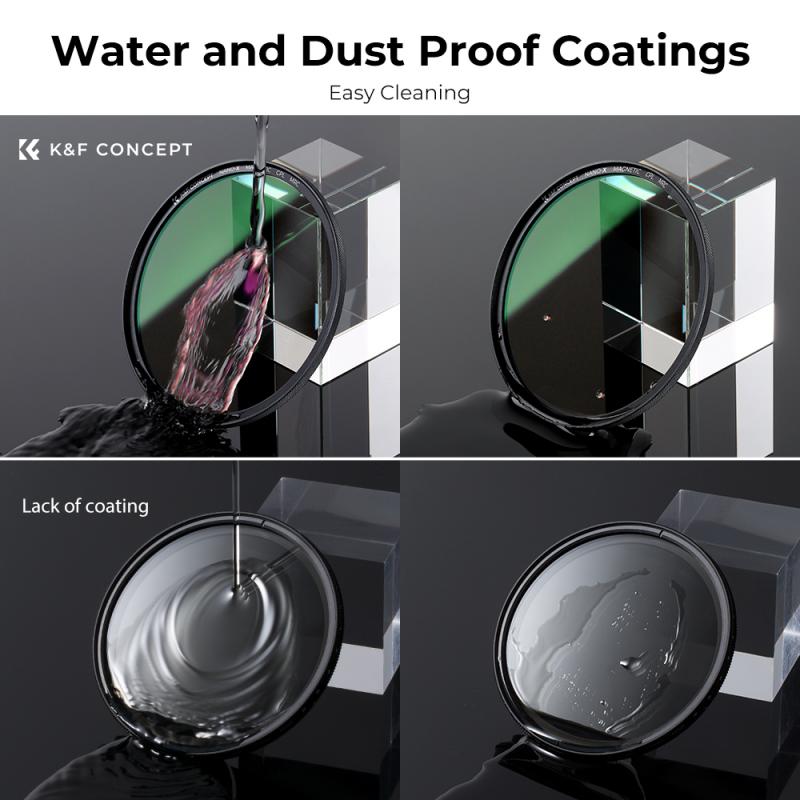
4、 Factors to consider when choosing an ND filter for Mavic Pro
Factors to consider when choosing an ND filter for Mavic Pro:
1. Filter Strength: ND filters come in different strengths, typically ranging from ND2 to ND400. The strength you choose depends on the lighting conditions you expect to encounter. For bright sunny days, a higher strength filter like ND64 or ND1000 would be suitable, while for slightly overcast conditions, a lower strength filter like ND8 or ND16 may suffice.
2. Filter Material and Quality: It is important to choose a high-quality filter made from durable materials to ensure optimal image quality. Look for filters made from multi-coated optical glass, as they minimize reflections and flare, resulting in sharper and more vibrant images.
3. Compatibility: Ensure that the ND filter you choose is specifically designed for the Mavic Pro. This ensures a proper fit and prevents any interference with the drone's camera or gimbal.
4. Filter Weight: Consider the weight of the ND filter, as it can affect the drone's flight performance. Opt for lightweight filters that do not significantly impact the drone's stability or maneuverability.
5. Price: ND filters are available at various price points. While it is tempting to opt for cheaper options, investing in a reputable brand can ensure better image quality and durability in the long run.
6. Latest Point of View: As of now, the latest point of view is that polarized ND filters are gaining popularity for aerial photography. These filters not only reduce the amount of light entering the camera but also eliminate glare and reflections, resulting in more balanced and vibrant images.
In conclusion, when choosing an ND filter for the Mavic Pro, consider factors such as filter strength, material quality, compatibility, weight, and price. Additionally, keep an eye out for the latest advancements in ND filter technology, such as polarized filters, to enhance your aerial photography experience.
